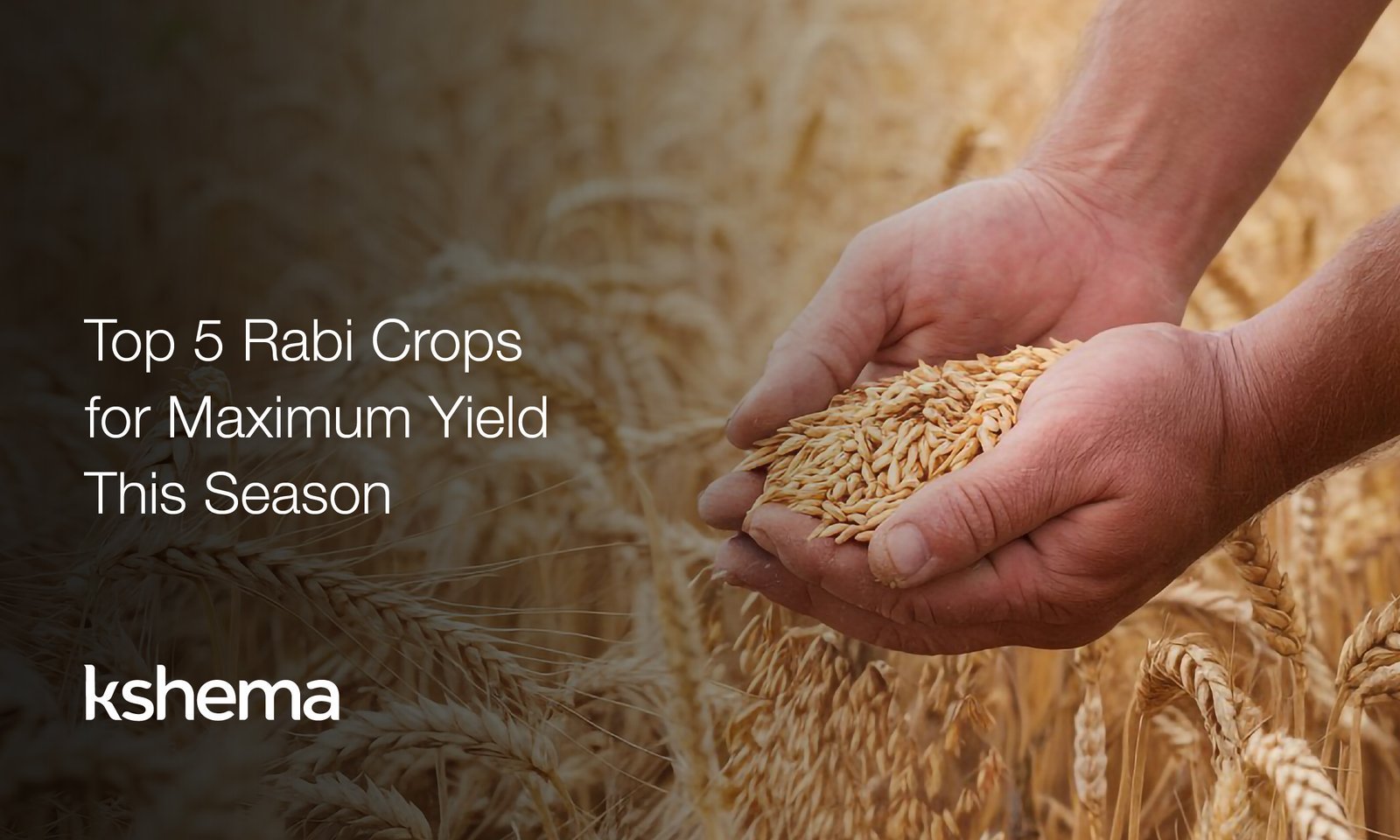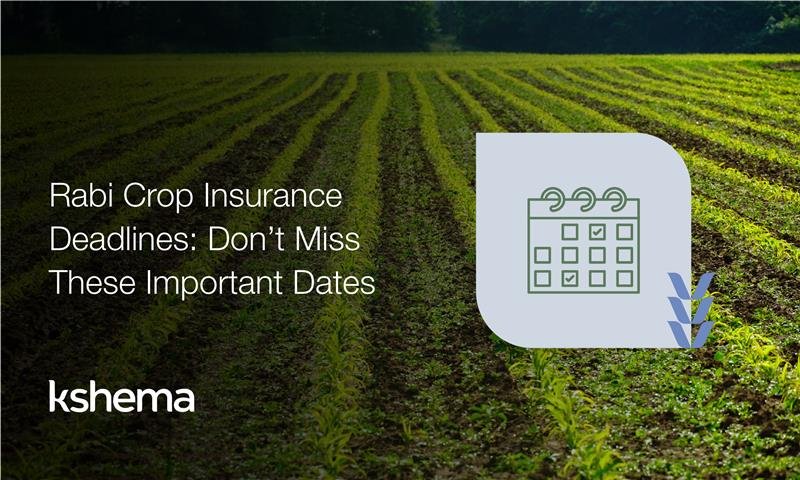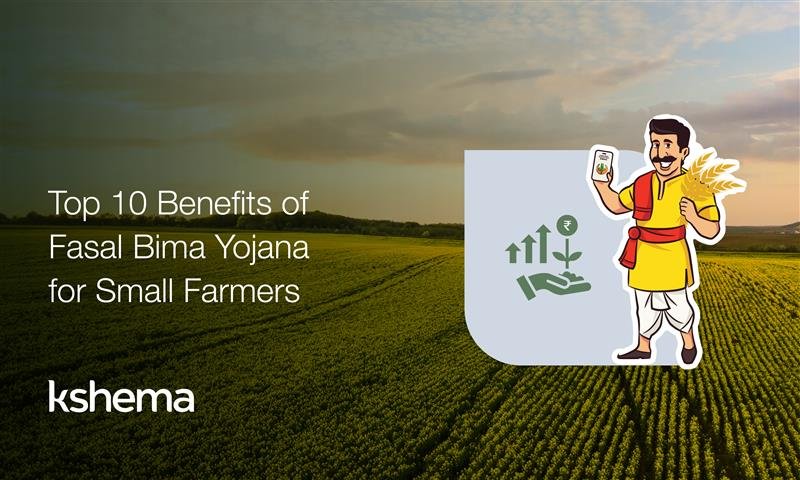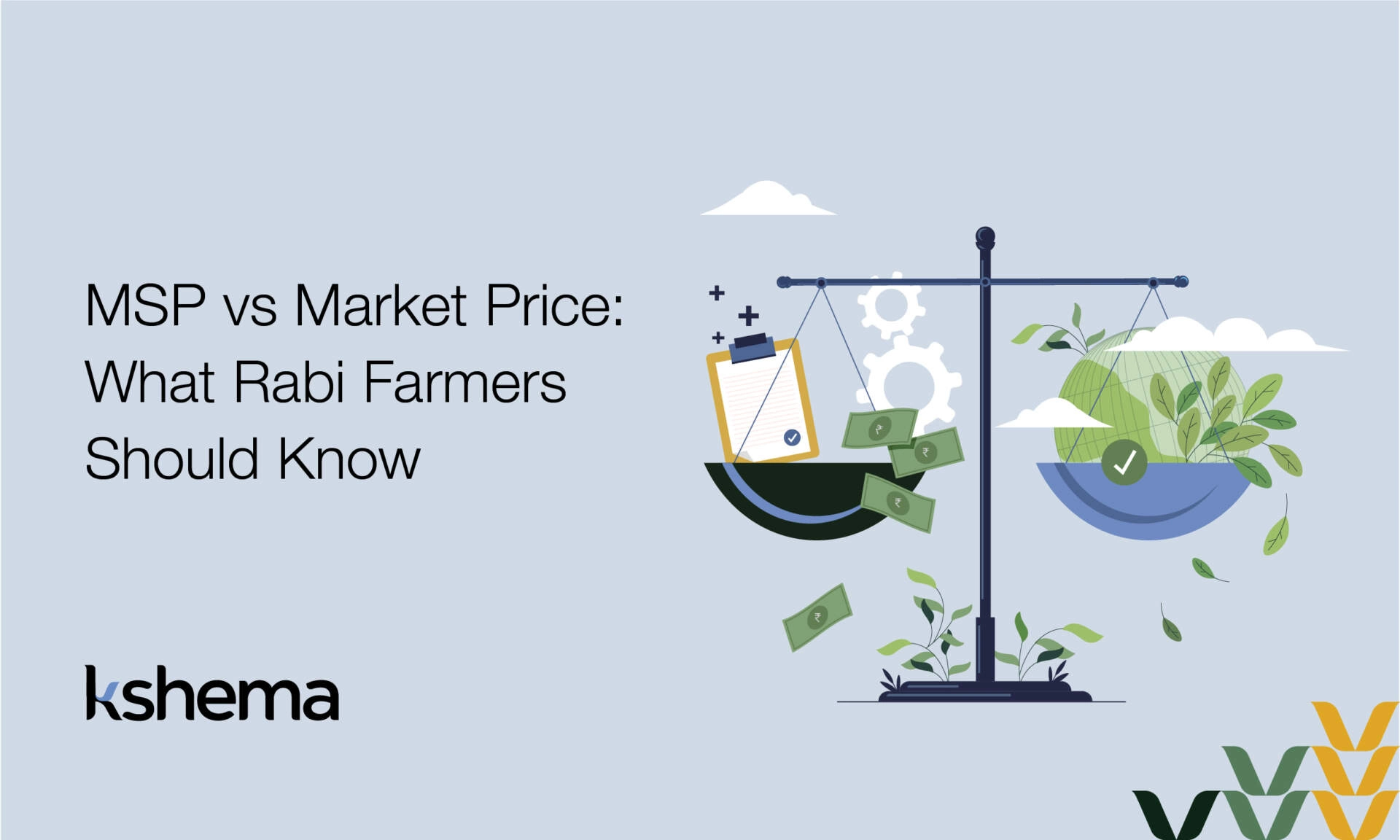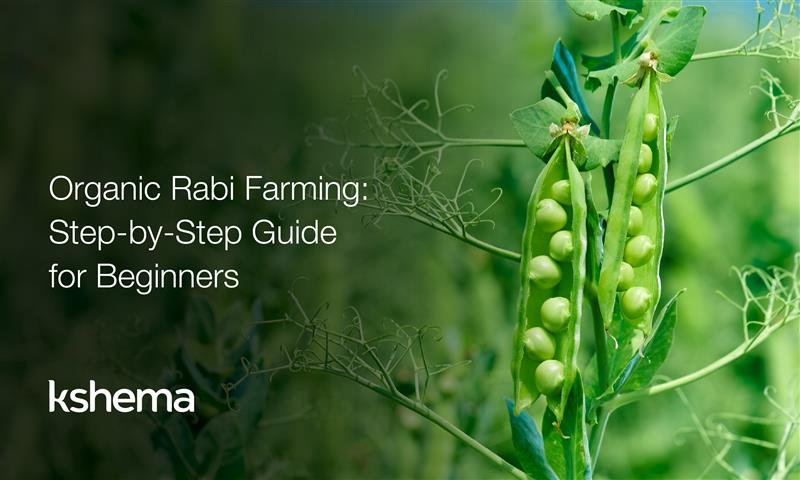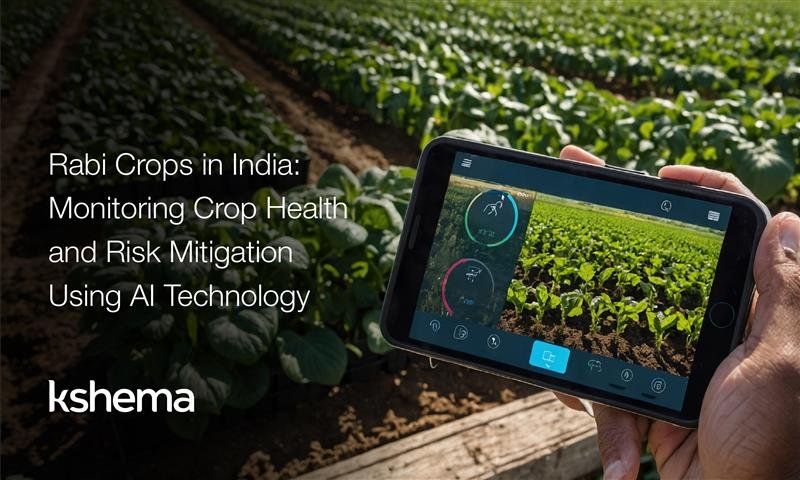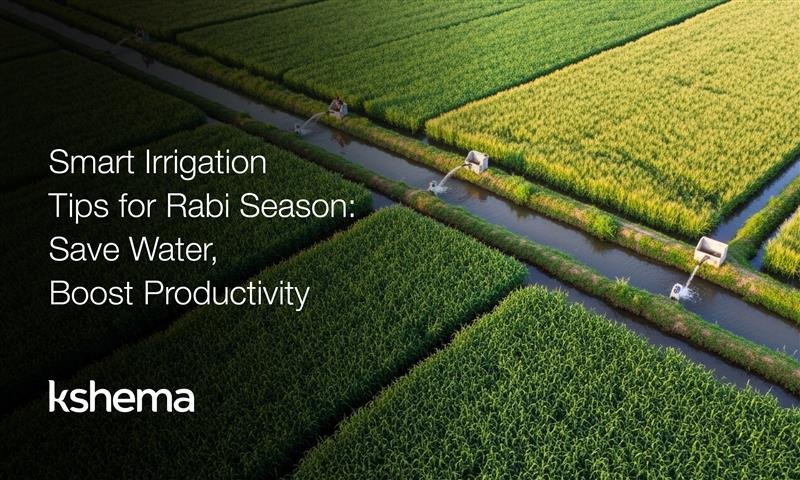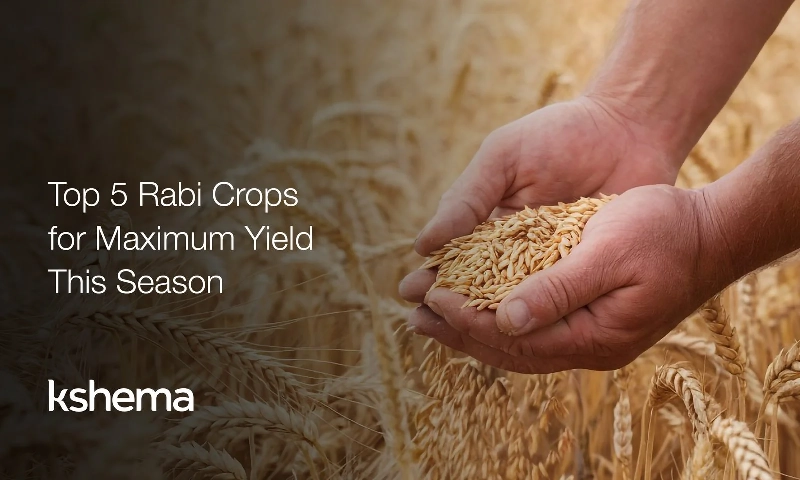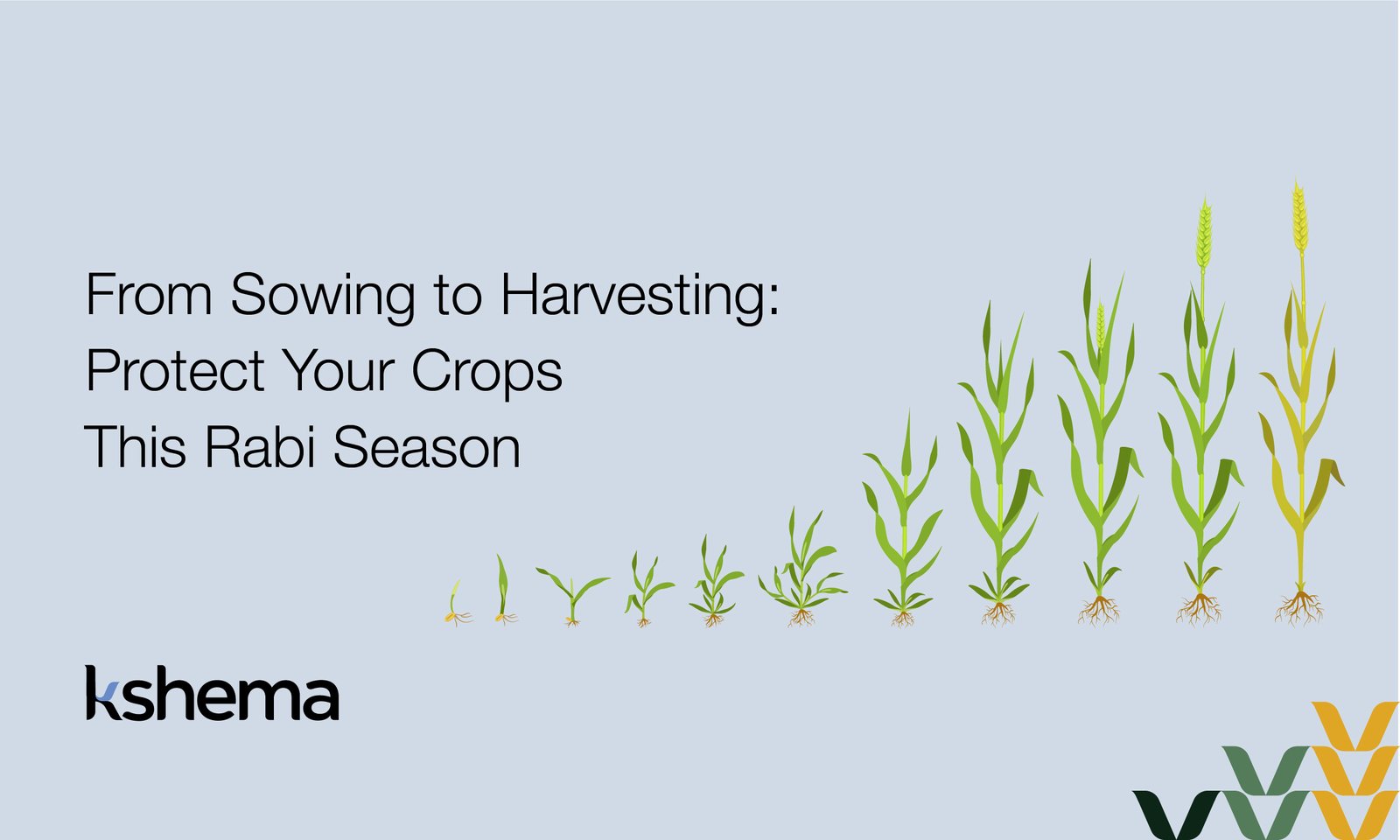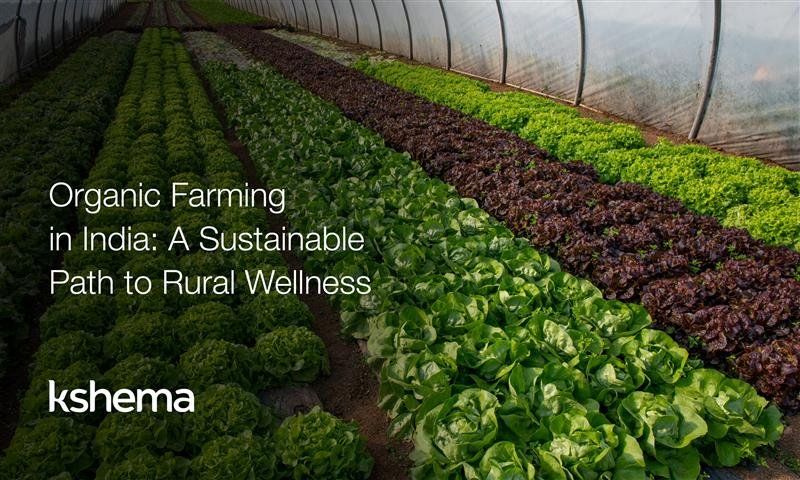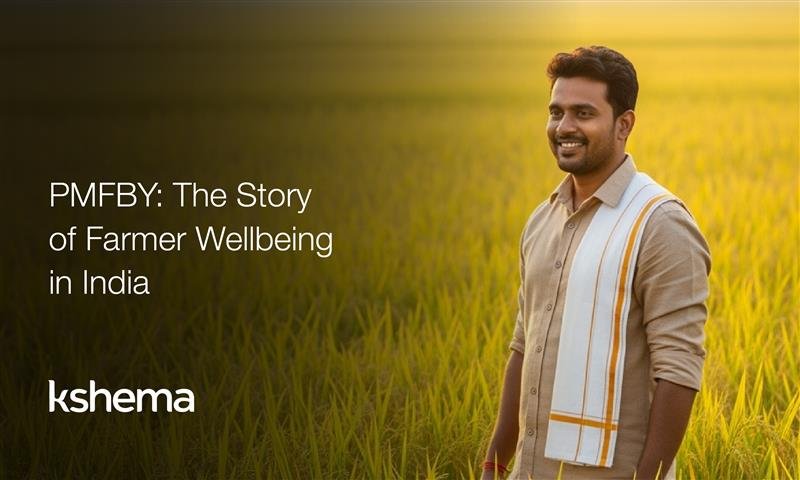Harvesting Techniques: Safe Methods & Best Practices for Farmers
Summary: Safe harvesting requires using proper tools, harvesting at the right maturity, avoiding crop damage, and storing produce properly to maintain quality and reduce losses.
Harvesting is one of the most critical stages in agriculture. Months of hard work, investment, and care culminate in this period when crops are finally collected and prepared for storage or sale. However, improper harvesting techniques can undo months of effort, leading to damaged produce, lower yields, and financial losses.
Protecting the harvest is just as important as growing a healthy crop. By adopting safe and efficient harvesting techniques, farmers can ensure that their crops retain quality, fetch better prices in the market, and contribute to long-term sustainability.
In this article, we will explore safe harvesting techniques and best practices that every farmer should follow to protect crops from damage.
Why Harvesting Techniques Matter
The timing and method of harvesting directly influence both the quantity and quality of crops. Using improper techniques can cause:
- Grain losses due to shattering or over-drying.
- Physical damage such as bruising, splitting, or tearing.
- Increased spoilage during storage due to fungal or pest infestation.
- Lower market value because of poor visual appearance or reduced weight.
Key Safe Harvesting Techniques
1. Harvest at the Right Time
One of the simplest but most crucial harvesting techniques is choosing the correct time. Harvesting too early can result in immature crops with low weight and poor taste. Waiting too long may cause grains or fruits to drop, rot, or be attacked by pests.
Farmers should observe crop-specific indicators such as:
- Grain crops: Hardness of kernels, golden colour, and dry husks.
- Fruits and vegetables: Uniform ripening, firmness, and ease of detachment from plants.
- Pulses: Drying of pods and uniform yellowing of leaves.
2. Use the Right Tools and Equipment
Traditional sickles or knives are still common in many rural areas, but they often cause uneven cutting and damage. Using well-maintained tools or mechanised harvesters helps reduce crop losses and improves efficiency.
- Sharp tools: Prevent bruising and tearing of crops.
- Appropriate machines: Harvesters, threshers, and reapers save time and reduce wastage, especially during peak harvest seasons.
- Protective gear: Gloves and proper footwear for workers prevent accidents and maintain hygiene during handling.
3. Gentle Handling of Produce
Delicate crops—such as fruits, vegetables, and pulses—require extra care to avoid bruising and spoilage. Some best practices include:
- Avoid dropping or piling produce from great heights.
- Use soft containers such as baskets lined with leaves, cloth, or jute to prevent scratches.
- Minimise overfilling of sacks or containers to avoid crushing.
4. Harvest Under Suitable Weather Conditions
Weather plays a crucial role in safe harvesting. Wet conditions make crops slippery, prone to fungal infections, and difficult to store. For example, harvesting paddy or wheat in damp conditions increases the risk of mould during storage.
Whenever possible, farmers should:
- Harvest during dry weather with low humidity.
- Avoid harvesting immediately after rain.
- Ensure harvested crops are properly sun-dried before storage.
5. Immediate Post-Harvest Care
Safe harvesting techniques extend beyond cutting crops from the field. Post-harvest care determines how well the produce can be stored or transported without loss.
Some important steps include:
- Cleaning: Remove soil, debris, and damaged produce.
- Drying: Sun-dry grains and pulses to the recommended moisture level (generally 10–12%).
- Grading: Sort crops by size and quality for better pricing.
- Packaging: Use breathable bags or crates to avoid heat build-up.
6. Training and Supervision of Workers
Many losses occur simply due to lack of awareness. Training workers in proper harvesting techniques can drastically reduce damage. Farmers can:
- Demonstrate the correct way to cut, collect, and transport produce.
- Supervise harvesting activities to ensure tools are used properly.
- Encourage teamwork to cover large areas without rushing, which often leads to errors.
Long-Term Benefits of Safe Harvesting Techniques
Implementing safe harvesting techniques may require extra effort, but the long-term benefits are significant:
- Higher income: Better quality produce attracts higher market prices.
- Reduced wastage: Minimised losses mean more food reaches consumers.
- Sustainability: Efficient harvesting preserves soil health and reduces resource wastage.
- Resilience against risks: Farmers are less vulnerable to sudden financial shocks caused by crop losses.
How Kshema Supports Farmers
At Kshema General Insurance, we believe in standing beside farmers not only during the sowing season but also at harvest time. While safe harvesting techniques reduce the risk of damage, natural perils such as unseasonal rains, cyclones, or floods remain beyond human control. Our crop insurance solutions act as a protective shield, ensuring that farmers’ livelihoods remain secure even when nature takes an unexpected turn.
With Kshema’s crop insurance, farmers remain protected from perils right up to the time harvesting is completed.
By combining safe harvesting practices with the right insurance cover, farmers can safeguard their income, protect their hard work, and look forward to a more secure future.
Conclusion
Harvesting is the final and most rewarding stage of the farming cycle. By applying safe harvesting techniques—timely harvest, proper tools, gentle handling, weather awareness, and careful post-harvest management—farmers can reduce losses and protect crop value.
With support from Kshema’s crop insurance products, this protection becomes even stronger, ensuring that farmers’ dedication and labour always yield secure and rewarding results.
Even if unforeseen events strike before harvesting, Kshema’s crop insurance ensures farmers remain safeguarded.
Frequently Asked Questions About Harvesting Techniques
1. What tools help in safe harvesting?
Sharp sickles, gloves, and proper storage bins help avoid damage.
2. Which method should a farmer with a large farm use to harvest crops quickly and efficiently?
Farmers with large farms should use combine harvesters, which can cut, thresh, and clean grains in one operation, saving time and labour.
3. What precautions should farmers take to avoid damaging crops during harvesting?
Farmers should harvest at the right maturity stage, use sharp tools, avoid over‑drying, and handle crops carefully to prevent losses.
4. Why are safe harvesting techniques important?
Safe harvesting techniques reduce crop damage, improve yields, ensure food safety, and protect farmer income.
Disclaimer:
“We do not assume any liability for any actions undertaken based on the information provided here. The information gathered from various sources and are displayed here for general guidance and does not constitute any professional advice or warranty of any kind.”






